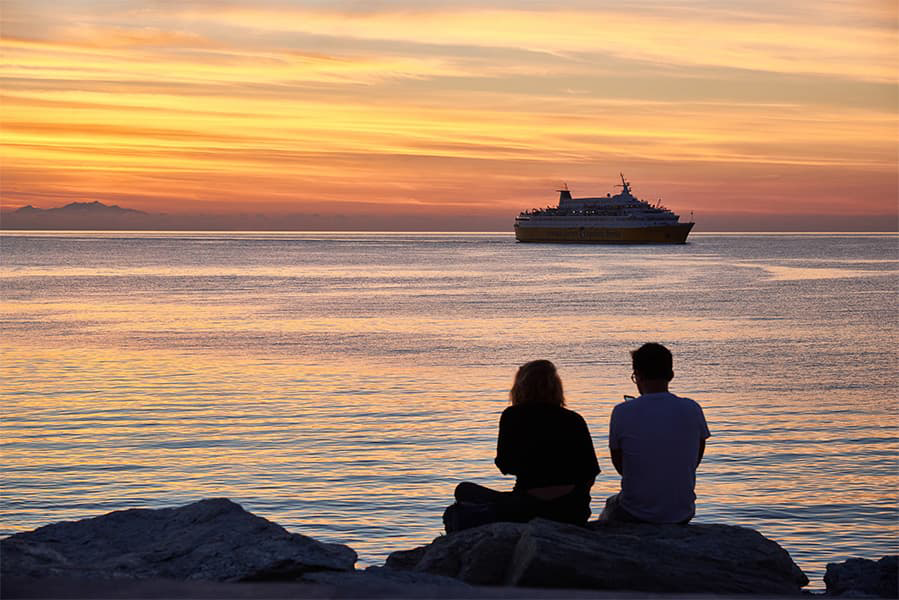Niijima - Kozushima
Ferries to Izu Islands
Niijima - Kozushima
Ferries to Izu Islands

The Niijima Kozushima ferry route connects Izu Islands with Izu Islands. Currently there is just the 1 ferry company operating this ferry service, Tokai Kisen. The crossing operates up to 1 times each week with sailing durations from around 50 minutes.
Niijima Kozushima sailing durations and frequency may vary from season to season so we’d advise doing a live check to get the most up to date information.
More routes than anyone else.

Compare fares, times & routes in one place.
Change plans easily with flexi tickets.

Book e-tickets & manage trips in-app.
Live ship tracking & real-time updates.

Top-rated customer support when you need it.
Lying in the Philippine Sea, Niijima is a volcanic Japanese island laying to the south of Tokyo. The ferry routes departing the port are to other coastal towns and cities belonging to Japan, the most common being the daily sailing to the capital city of Tokyo.
Located in the Philippine Sea, Kozushima is a volcanic Japanese island belonging to the Tokyo prefecture, about 170 km south of Tokyo city. Kozushima isn’t the biggest belonging to the seven Izu islands, yet what it lacks in size it redeems in aesthetics; the view of the clear blue ocean from the summit of Mt. Tenjo is an incredibly striking experience. The mountain is the prominent attraction, yet the beautiful beaches, hot springs and the Akazaki Promenade provide enough for a lengthy itinerary. The port itself provides much revenue for the island, creating jobs and tourism to boost Kozushima’s economy. Many companies operating around the port offer excursions designed to tempt tourists; boat trips and diving experiences are daily activities and are fairly affordable. The entire island is primarily focused around utilising its shores, with the fishing industry booming in recent years. The main ferry route coming out of Kozushima is to Tokyo, which has a daily crossing typically lasting around three hours. There are other domestic sailings to ports around Japan, usually lasting under an hour; the relatively shorter crossings tend to provide vessels with less amenities, although there is usually food and drink available.